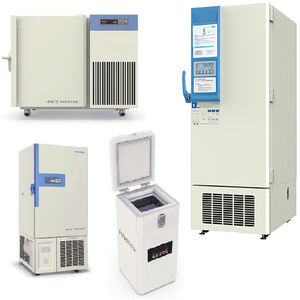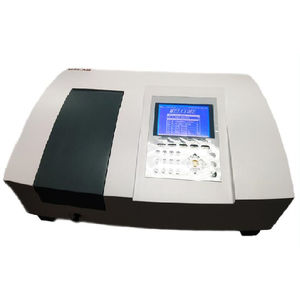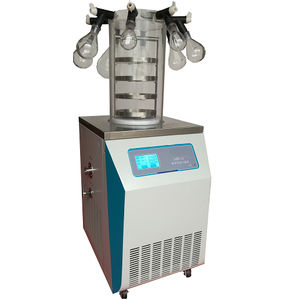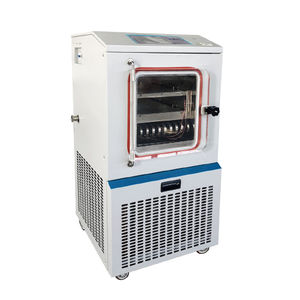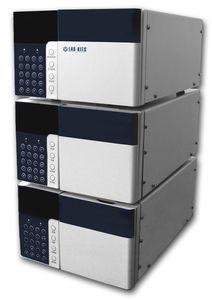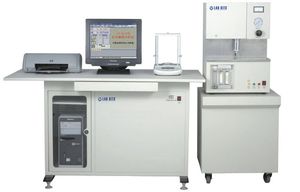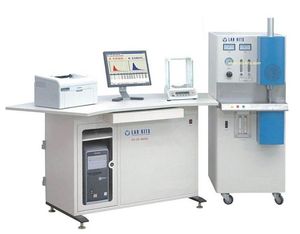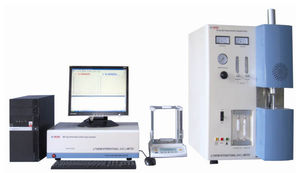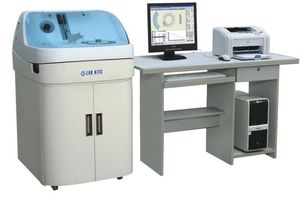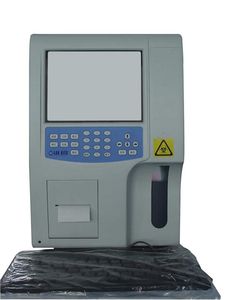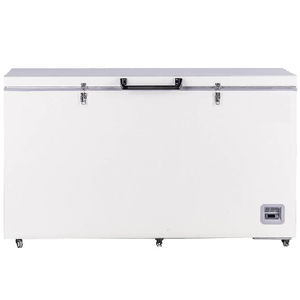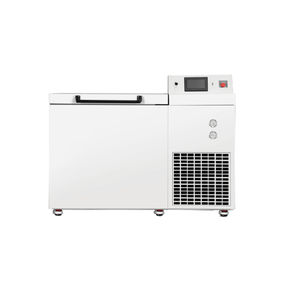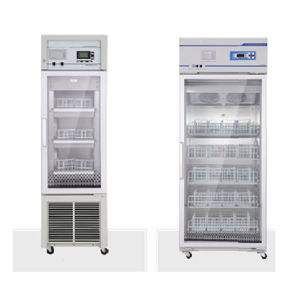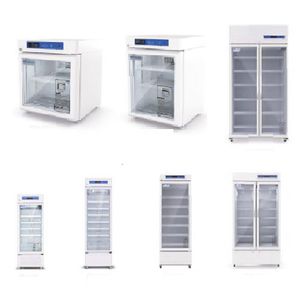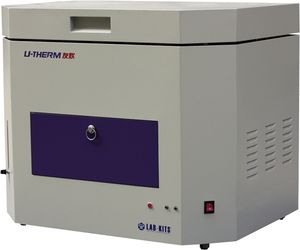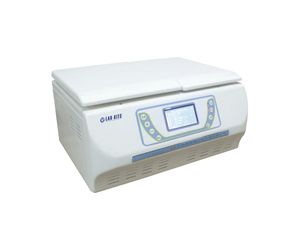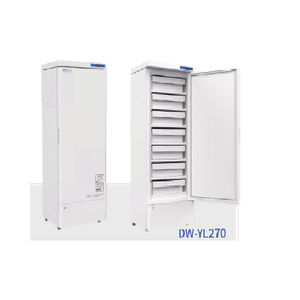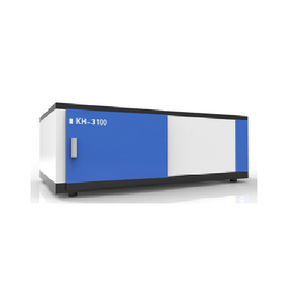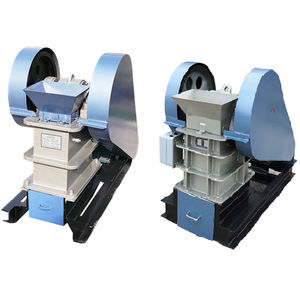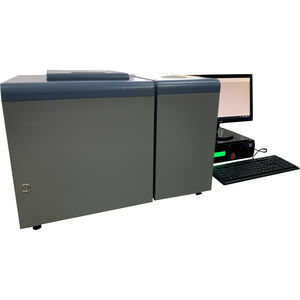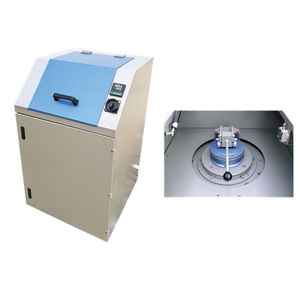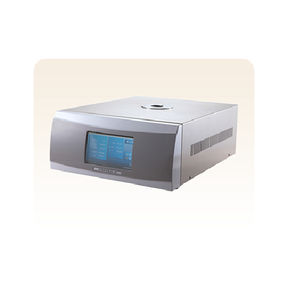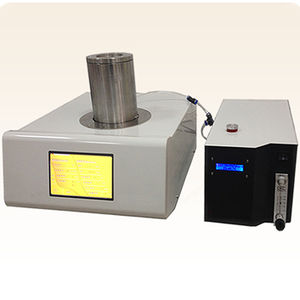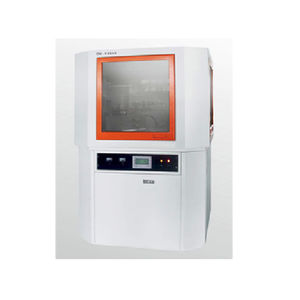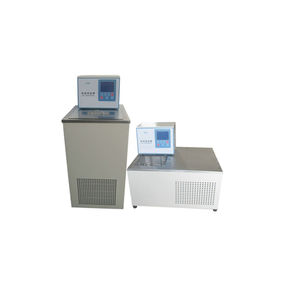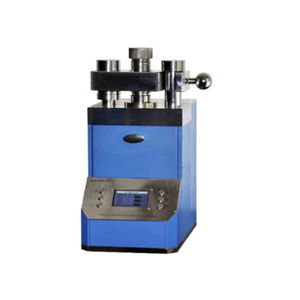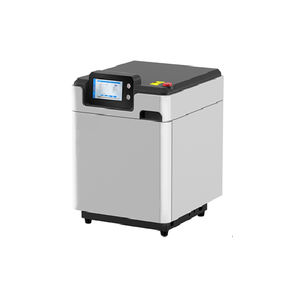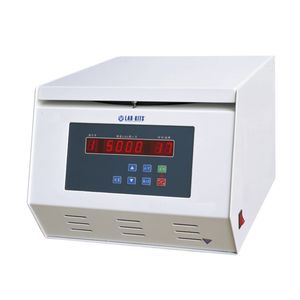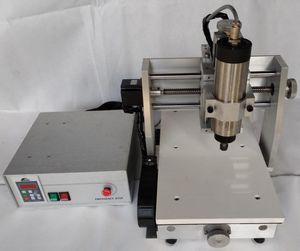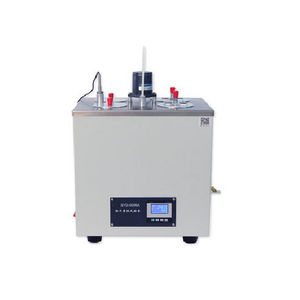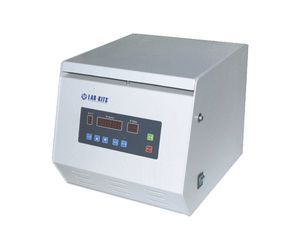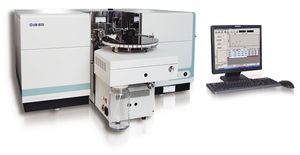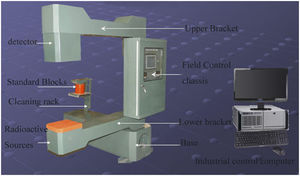
- Metrology - Laboratory
- Analytical Instrumentation
- Gas chromatograph
- U-Therm International (H.K.) Limited
- Company
- Products
- Catalogs
- News & Trends
- Exhibitions
Gas chromatograph GC-MS-3100laboratoryFIDmass detector

Add to favorites
Compare this product
Characteristics
- Type
- gas
- Applications
- laboratory
- Detector type
- FID, mass detector, TCD, ECD, FPD, NPD
Description
Uses and Spécifications
Chromatography enjoys a high position in toda/s analytical instruments. Qualitative analysis cannot be conducted with Chromatography alone, because its column has a highly efficient séparation capability based on the rétention time of the materials and then détermine the nature ofthe material through contrast with that ofthe samples. However, mass spectrometry can conduct direct détermination ofthe ratio ofthe mass to the charge ratio (m/z), which is accurate and fast. The combination of chromatography and mass spectrometry is actually using mass spectrometry as a universal detector. There are many detectors of chromatography, such as TCD, FID, ECD, FPD and NPD, etc., each detector has a limited scope of application, which is inconvénient. But as mass spectrometry is universal, it can replace ail the other detectors that brings convenience to users. Therefore, the combination of chromatography and mass spectrometry is a intégration ofthe high-efficient séparation ofthe chromatography and accurate identification ofthe mass spectrometry to unknown samples. This combination can be used whereverthat chromatography is applied. Thus it plays a crucial part amongthe entire analytic instrument.
The chromatography and mass spectrometry instrument is a product that combines the technologies of chromatography, mass spectrometry and computer.
Working Principle
Vacuum chamber must be installed in the instrument to ensure the normal operation ofthe instrument. It adopts a double-level vacuum unit composed of a high-performance turbo-molecular pump and a fore vacuum pump.
Catalogs
No catalogs are available for this product.
See all of U-Therm International (H.K.) Limited‘s catalogsOther U-Therm International (H.K.) Limited products
Other products
Related Searches
- Gas analyser
- Concentration analyser
- Monitoring analyser
- Liquids analyser
- Desktop analyzer
- Automated analyzer
- Dust analyzer
- Spectrometer
- Continuous analyser
- Water analyser
- Real-time analyser
- Compact analyser
- Laboratory analyser
- NDIR analyzer
- Digital counter
- In-line analyser
- Spectrophotometer
- Temperature analyser
- Lab spectrometer
- Chromatography system
*Prices are pre-tax. They exclude delivery charges and customs duties and do not include additional charges for installation or activation options. Prices are indicative only and may vary by country, with changes to the cost of raw materials and exchange rates.


